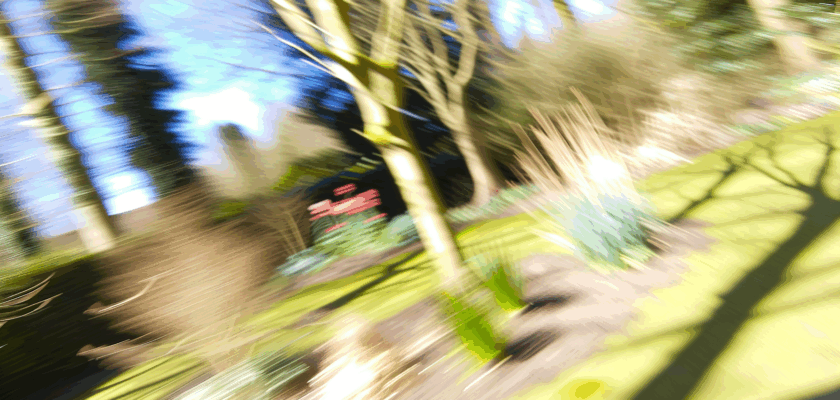In a world that often feels hectic and overwhelming, creating a wildlife garden can be a delightful escape. Imagine stepping into your backyard and being greeted by the cheerful notes of birdsong, the gentle buzz of bees, and the sight of butterflies flitting from flower to flower. A wildlife garden not only enhances the beauty of your outdoor space but also supports local ecosystems, fosters biodiversity, and brings a sense of tranquility to your life. Let’s explore how to transform your garden into a cheerful haven for both wildlife and yourself!
Transform Your Space: Create a Joyful Wildlife Oasis
Creating a joyful wildlife oasis begins with embracing the natural beauty of your surroundings. Start by assessing your garden space and identifying the areas that can be transformed into wildlife-friendly zones. Incorporating diverse plant species is essential; aim for a mix of native flowers, shrubs, and trees that provide food, shelter, and nesting sites for various creatures. By choosing plants that bloom at different times of the year, you can ensure a continuous banquet for pollinators and a vibrant display of colors throughout the seasons.
Consider adding elements that create a more inviting habitat, such as birdhouses, butterfly feeders, and bee hotels. These structures not only offer much-needed shelter but also contribute to the architectural charm of your garden. If space permits, include a small water feature—like a pond or fountain—to provide a refreshing drinking spot for thirsty animals. Remember, the journey of creating a wildlife-friendly garden is not a race; take your time to nurture and enjoy the process, as each small change can lead to significant impacts!
Lastly, embrace the beauty of imperfection. Wildlife gardens thrive on a bit of chaos, where wildflowers can grow, leaves can pile up, and insects can scurry about. Rather than striving for a neatly manicured lawn, allow nature to weave its magic. A bit of wildness can bring unexpected delight and character to your garden, creating a haven that invites both wildlife and human joy.
Nature’s Symphony: Attracting Birds, Bees, and Bliss!
The sound of chirping birds, the gentle hum of bees, and the fluttering of butterflies create a beautiful symphony in your wildlife garden. To attract these delightful creatures, start by incorporating a diverse range of plants. Choose flowering species that are rich in nectar, such as coneflowers, sunflowers, and lavender, which are particularly loved by bees and butterflies. The more variety you have, the more likely you are to attract a range of wildlife, ensuring a continuous performance of nature’s music throughout the seasons.
Don’t forget to provide essential resources, like food and safe nesting sites for birds. Planting berry-bearing shrubs—like elderberries and serviceberries—will provide nourishment for feathered friends, while trees and dense shrubs offer shelter and nesting opportunities. Consider adding a bird feeder stocked with seeds and nuts to draw in an even wider variety of avian visitors. Before you know it, your garden will be a lively stage filled with chirping, chirrups, and flutters that can brighten any day!
Also, consider engaging in seasonal activities that celebrate your wildlife haven. Host ‘watch and learn’ days where you invite friends and family to observe the fascinating lives of birds or the busy antics of pollinators. Create fun challenges, such as spotting the most species or photographing the most beautiful blooms. These shared experiences deepen your connection to nature and encourage others to appreciate the joyful beauty of wildlife in their own gardens.
Cultivating a cheerful wildlife haven is an enriching and joyful journey that benefits both you and the environment. By transforming your space into a vibrant oasis and attracting a chorus of birds, bees, and butterflies, you create a sanctuary that nurtures the soul. Embrace the delightful chaos of nature, and relish in the understanding that every bloom, song, and buzz is a small testament to your care for the planet. So grab your gardening gloves and get started—your wildlife garden awaits!

